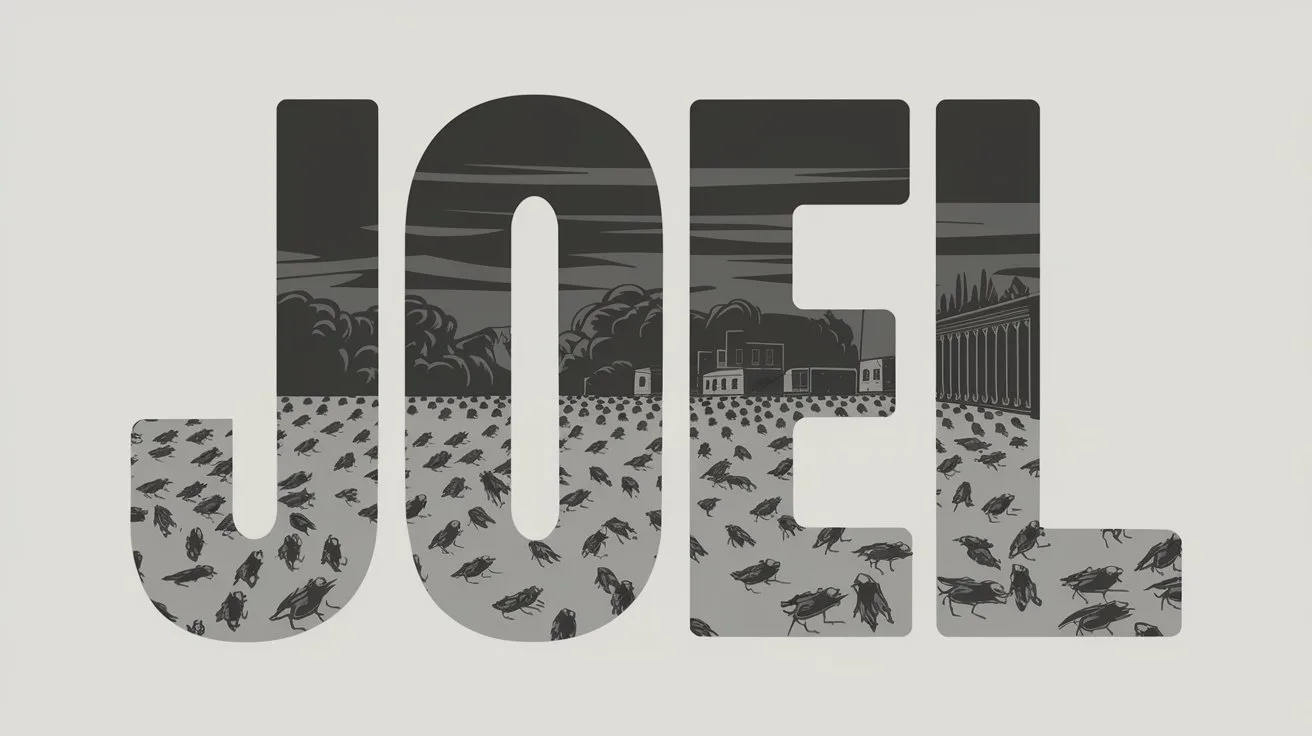Genesis 3:21 tells us:
“Also for Adam and his wife the Lord God made tunics of skin, and clothed them.”
After Adam and Eve sinned, they realized their nakedness and tried to cover themselves with fig leaves (Genesis 3:7). These coverings were inadequate because they were a human attempt to deal with guilt and shame. God’s act of clothing them with animal skins is deeply symbolic and teaches important truths about sin, judgment, and grace.
First, it shows that the covering of sin requires the shedding of blood. For God to make garments of skin, an animal had to die. This is the first death recorded in Scripture, and it foreshadows the sacrificial system introduced later in the Law, where blood offerings atone for sin (Leviticus 17:11):
“For the life of the flesh is in the blood, and I have given it to you upon the altar to make atonement for your souls.”
Second, this act points to the ultimate sacrifice of Jesus Christ. Hebrews 9:22 declares:
“Without shedding of blood there is no remission.”
The skins covering Adam and Eve illustrate God’s provision through substitution, the innocent dying for the guilty. This becomes a picture of Christ, the Lamb of God, who died to clothe us in righteousness (2 Corinthians 5:21):
“For He made Him who knew no sin to be sin for us, that we might become the righteousness of God in Him.”
Finally, this act demons/”>demonstrates God’s grace. Though He pronounced judgment, He also provided for their need. He did not leave them exposed in shame but gave them a covering that He Himself supplied.







